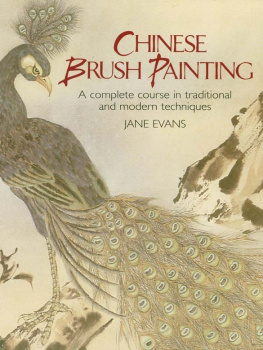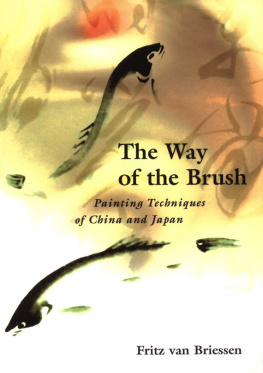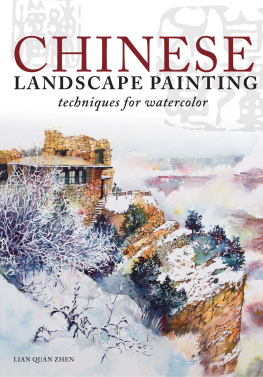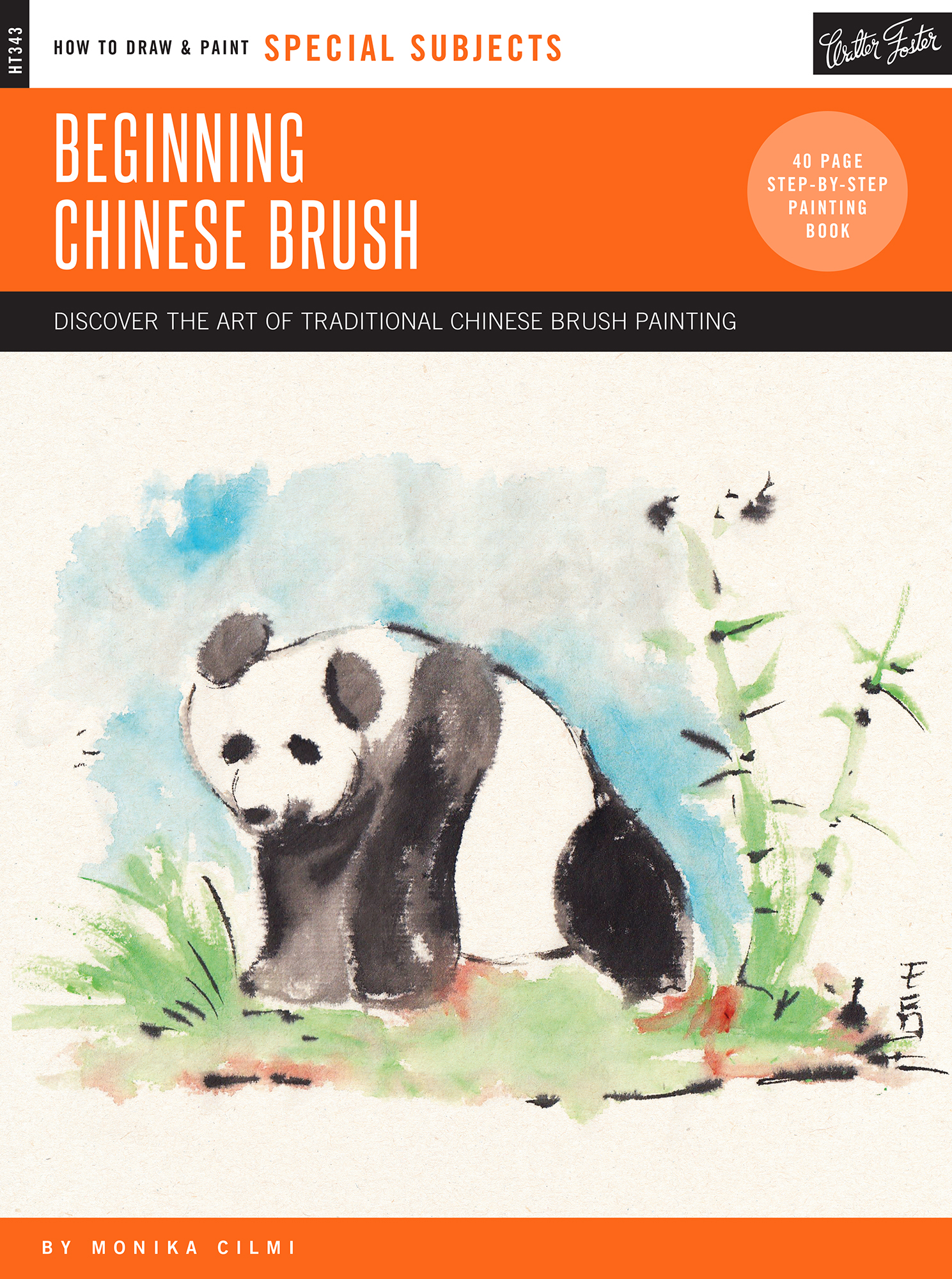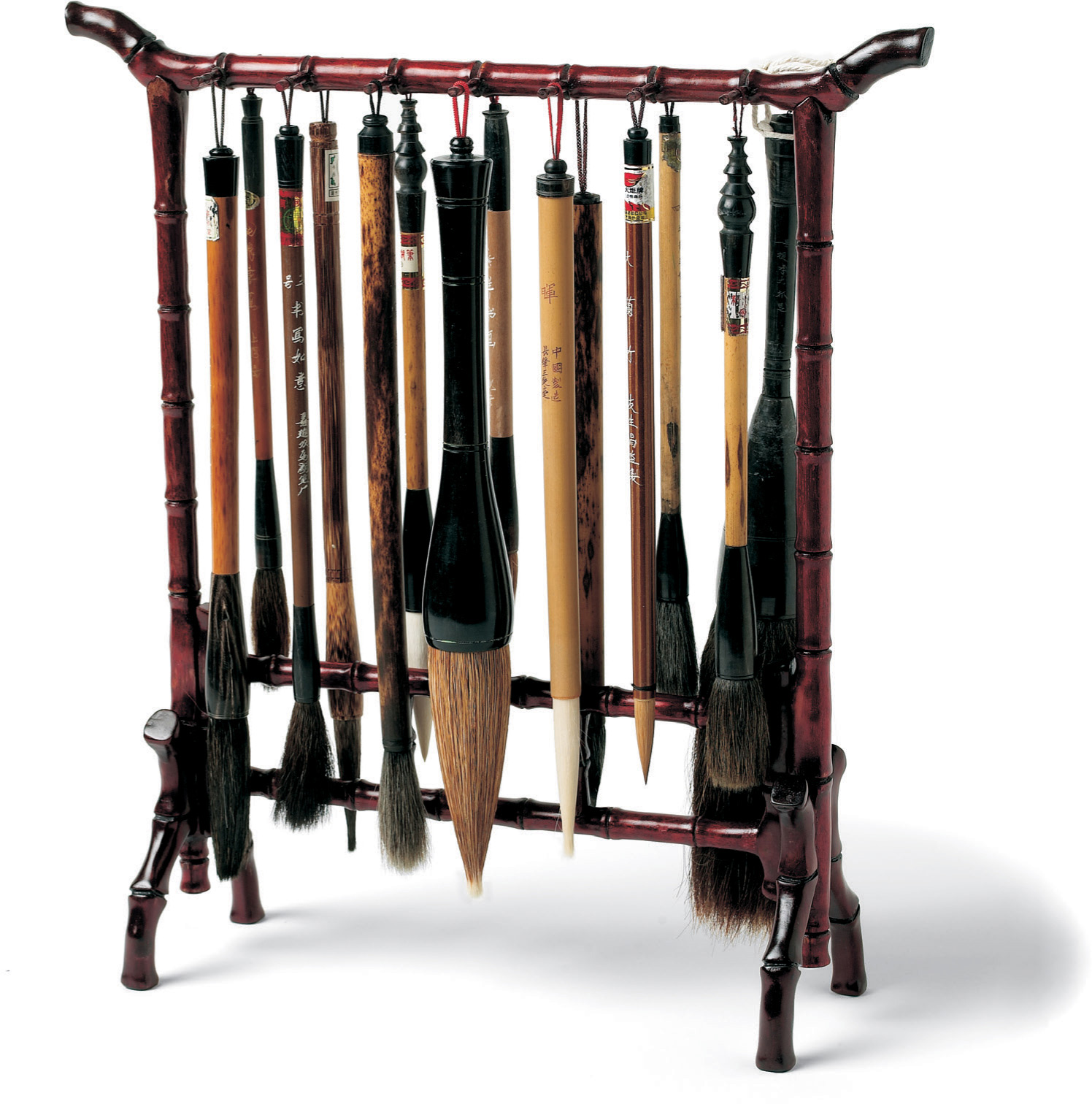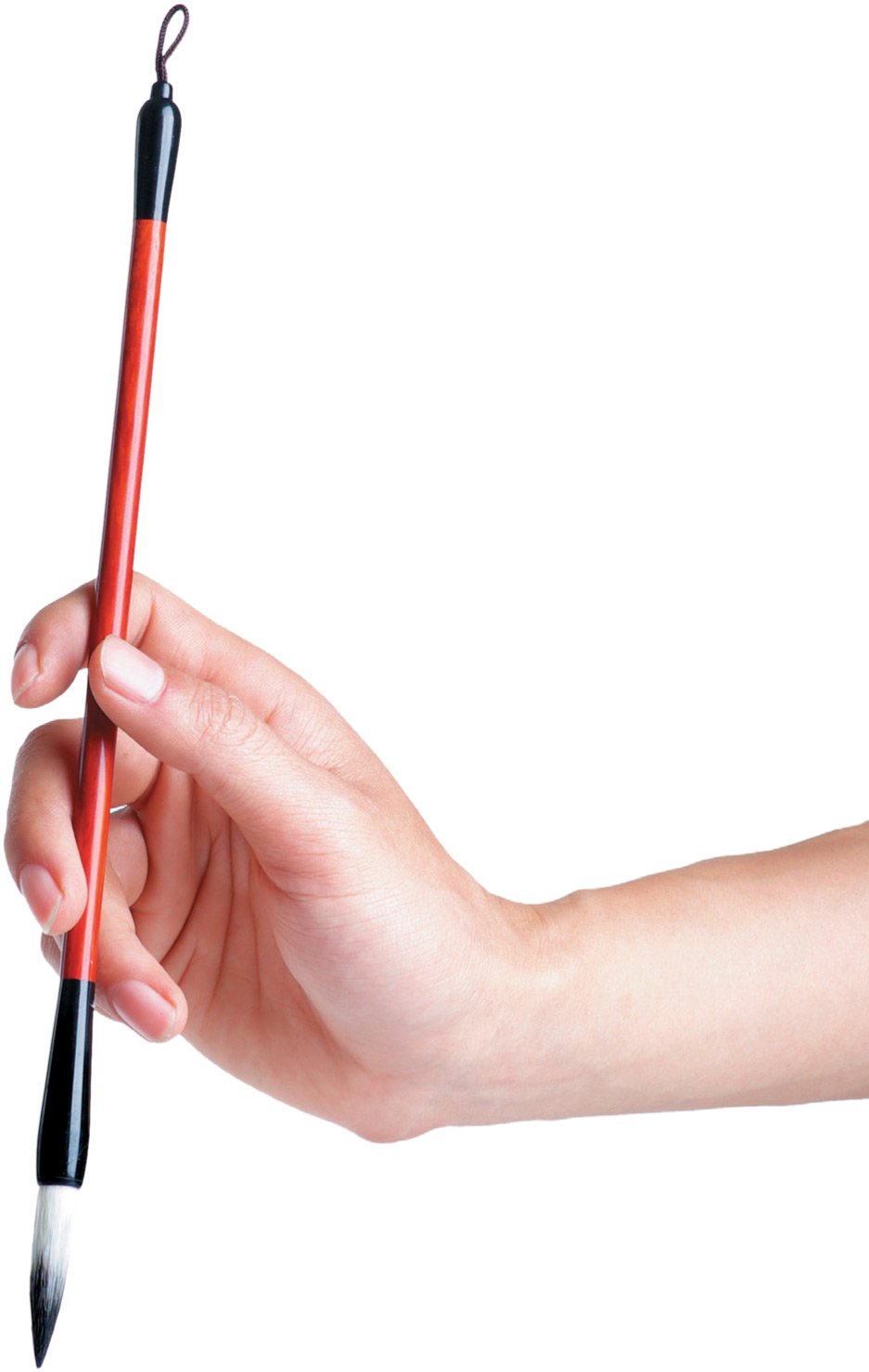BEGINNING CHINESE BRUSH

Chinese brushwork is an ancient art form that developed hundreds of years ago in China and is now very popular with artists all over the world. It captures the essence of nature and expresses the feelings of the artist. The animal and flower subjects symbolize good fortune, good luck, wisdom, renewal, purity, and more. In Chinese brush painting, each brushstroke has its own spirit and moves in that moment; it cannot be improved or corrected. Rather than sketch or outline, the artist holds the subject in mind and transforms that image into reality using quick and instinctive strokes. To the artist, the whole painting becomes part of the subject itself and, therefore, part of nature. Monika Cilmi
TOOLS & MATERIALS
The materials used for Chinese brush painting are called the Four Treasures: brush, paper, ink, and ink stone.
BRUSHES
Chinese brushes are made of animal hair glued into a bamboo handle. New brushes are stiffened to protect the fibers.
Brushes contain either a single type of hair or a mixture of two or three hair types. Goat-hair brushes are very common and easy to find. Goat-, squirrel-, and rabbit-hair brushes are used for soft strokes (in paintings of animals, flowers, and fruit), and brushes made of wolf, badger, and horse hair are common for landscape work.
TIP
Before using your brushes for the first time, soak them in water. Once dry, store them upside down on a Chinese brush holder (available in different shapes and styles) or in a normal pen or brush holder.
PAPER
The most common Chinese paper used for Chinese brush painting is Xuan. Known in Western countries as rice paper, it is very absorbent and strong. Other papers, such as grass paper and mulberry paper, are available in sheets and rolls. As a beginner, try painting on different types to learn their absorbency and general quality.
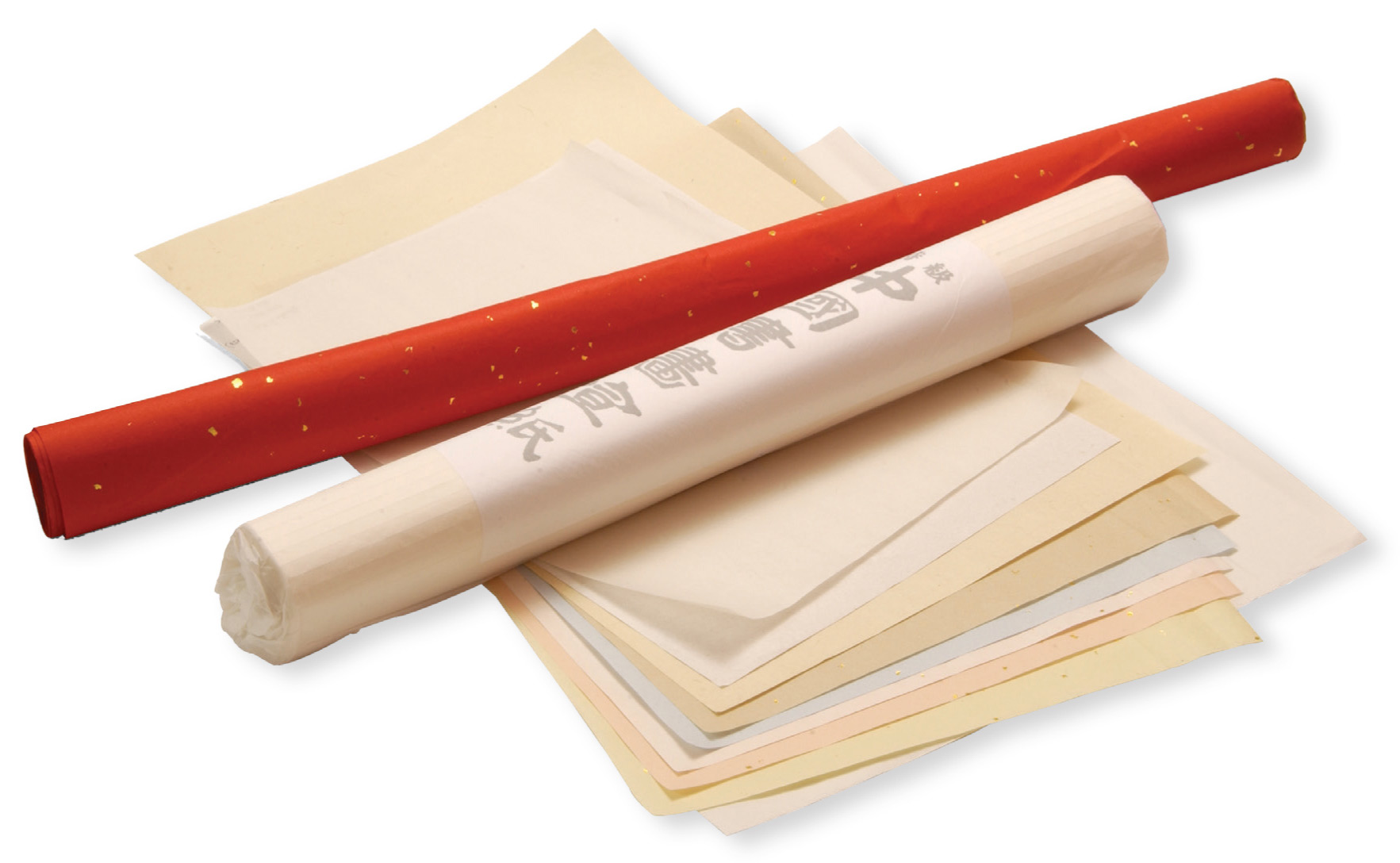
INK
Ink comes in stick and liquid form. An ink stick is made from charcoal or charcoal soot mixed with glues and oils. Ink sticks can be decorated, and the older the ink stick, the better the ink quality. Good-quality ink produces smooth and even tones. Although liquid ink is less expensive, it does not give the same tonality control as the ground stick ink.
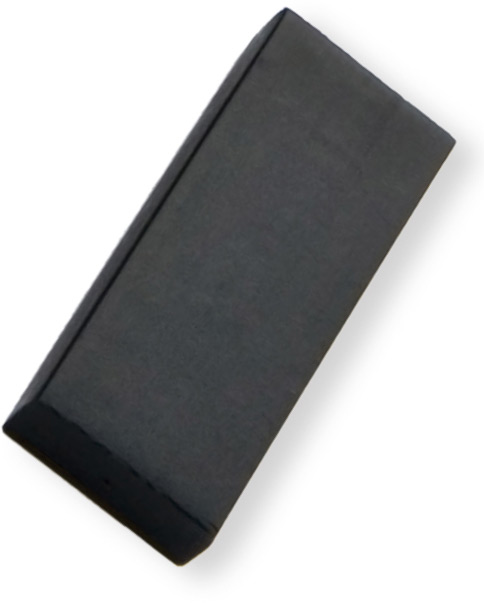
INK STONE
Use the ink stone, which is made from carved stone or slate, to grind the ink stick. Ink stones come in different shapes, and the best is the Duan from South China. It is a good idea to start with a traditional rectangular or round stone (which is less expensive) to learn how to grind the ink. Find ink stones in various online shops.
TIP
When it comes to ink stones, quality is important. A rough stone will not produce good ink.
COLORS, SEALS, AND OTHER USEFUL TOOLS
Western watercolors work well, but it is preferable to use Chinese or Japanese paints made specifically for this style. They are available in different forms: granules, powders, and liquids.
Seals form an integral part of the painting. They are carved in stone and printed using cinnabar paste. Artists can sign their paintings with their name seal.
Seal
Other useful materials include:
a brush stand for resting brushes and keeping your station clean
a brush holder to let brushes dry
paperweights to keep the paper in place; simple pebbles can be used or traditional Chinese or Japanese decorated bars
small plates or a palette for the colors
a small water dropper
felt to use under the paper
GETTING STARTED
When practicing Chinese brush techniques, preparation is vital. It guides your spirit and your body to the experience of painting and connecting with nature. There are two main styles: freestyle (xieyi, literally writing ideas), which relies on simplicity, and meticulous (gongbi, detailed strokes), which is more precise.
PREPARE YOUR WORK SPACE
If working on a table, clear away unneeded items and keep all painting materials and tools on one side and the paper in front of you. Cover the table with newspaper or position felt under the paper. Then check that you have all the brushes needed, a brush stand, a water dropper, ink sticks, and an ink stone.
TIP
Practicing Chinese brush painting on the floor is a great experience but only if youre freestyle painting on very large paper.
GRIND THE INK
Preparing the ink is a crucial part of the preparation. By repeating the circular movement, you can focus on the work you are about to create without external distractions.
Take the ink stick in your hand, add a small amount of water to the flat surface of the ink stone, and then holding the stick upright, move it gently in continuous clockwise movements. You will see how the ink changes. It may take a while to get a vibrant black color, so keep a sketch pad or spare paper nearby to test the ink before starting to paint.

HOLDING THE BRUSH
Learn how to hold a Chinese brush to create fluid and spontaneous strokes. You need to hold it between the thumb, index, and middle finger, creating a space between your fingers and palm. Because the brushstroke movement has to come from the shoulder, move your whole arm rather than just your hand.
Remember that in Chinese tradition, corrections or improvements are not allowed, so paint with confidence and precision. Each stroke has its own spirit of the moment, and it cannot be repeated.
TIP
Try standing when you are painting. Its the best way to transfer the energy from your body through your arm and fingers into the brushstroke.




